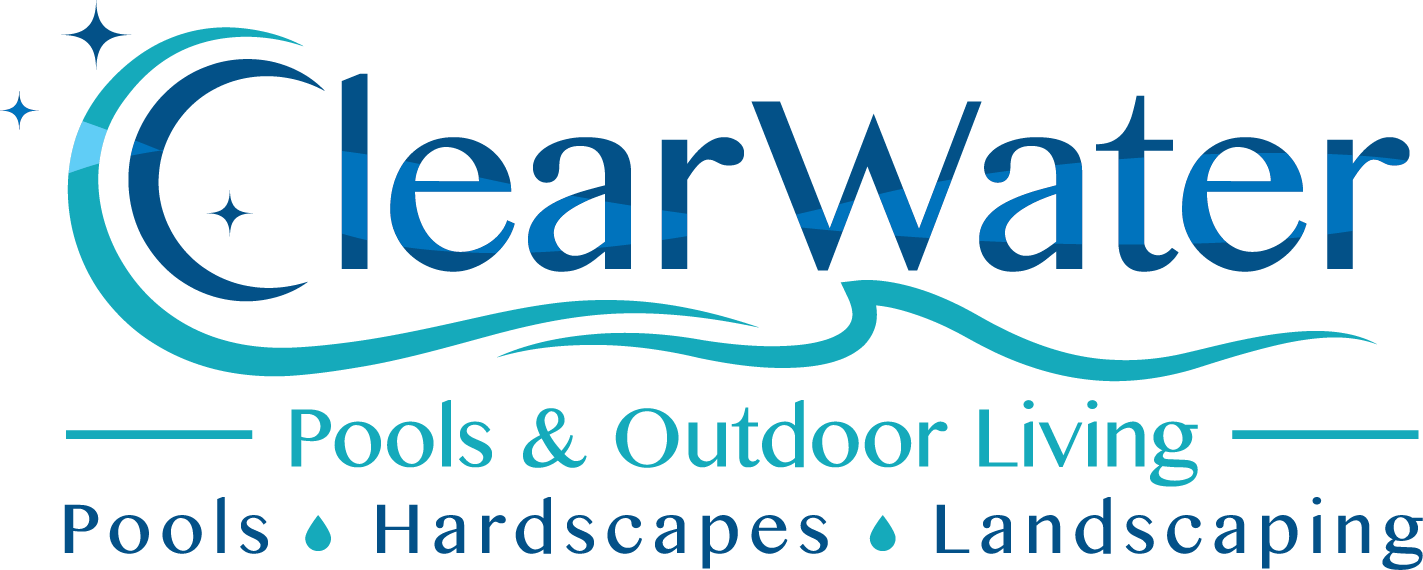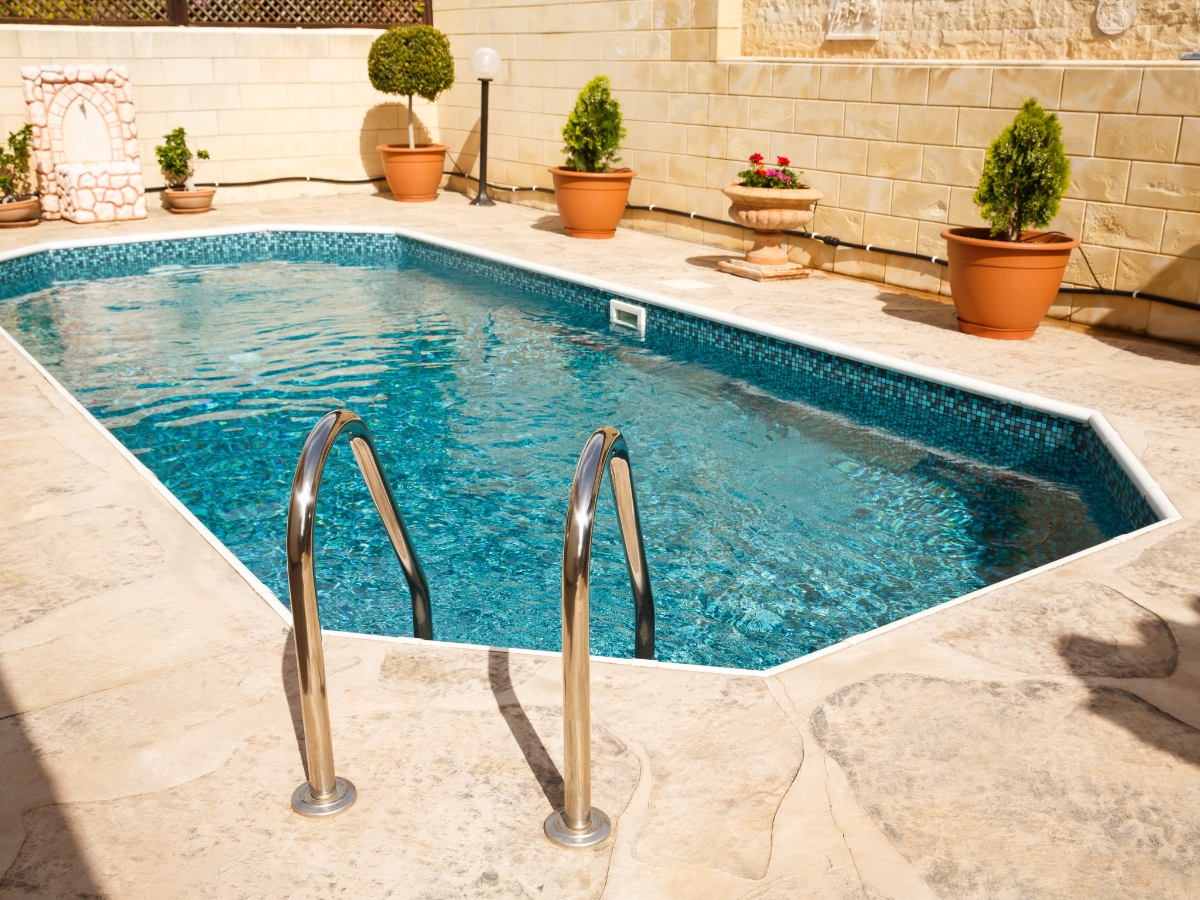Choosing the right pool renovation timing for your pool in Dawsonville can significantly impact the project’s cost, timeline, and overall success—and the decision often comes down to the distinct advantages of fall versus spring. While spring renovations prepare your pool for peak summer use, scheduling updates in the fall can mean milder weather, quicker contractor availability, and potential off-season discounts. In this guide, we’ll break down the pros and cons of renovating during each season based on Dawsonville’s climate, helping you plan a smoother, more efficient upgrade that maximizes your investment and extends your pool’s lifespan.
Why Timing Is Everything For Your Pool Renovation In Dawsonville
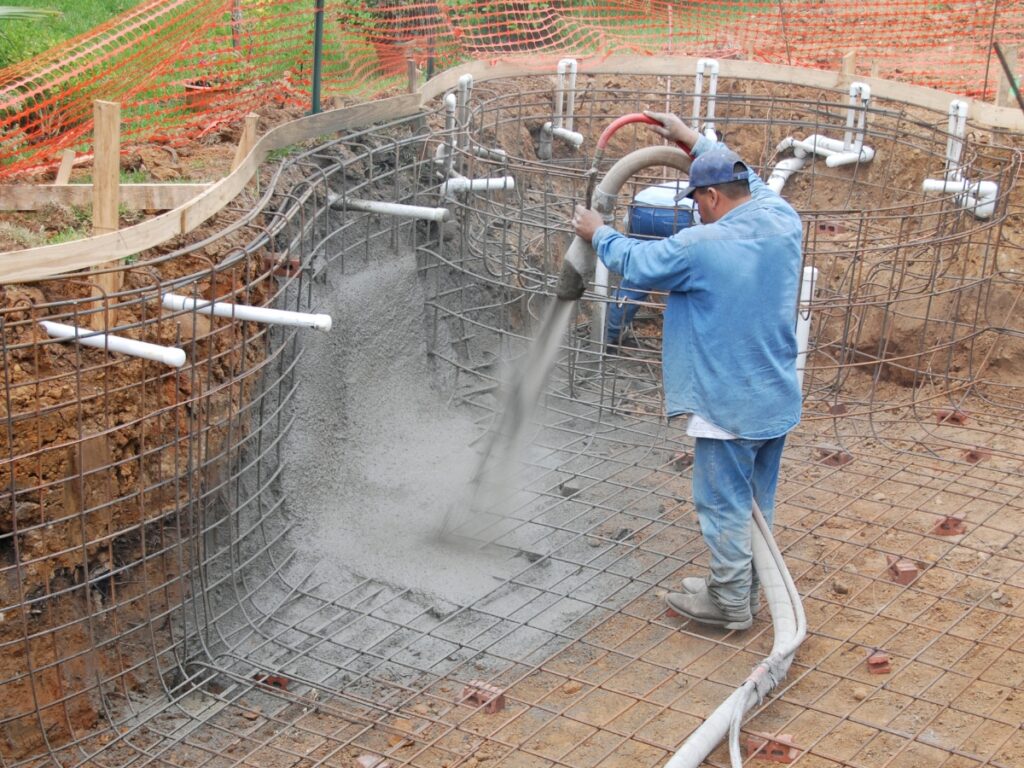
Choosing the right season for a remodel affects finish quality, project speed, and total cost. In Dawsonville, success comes from aligning weather, contractor availability, and how materials cure. Smart pool renovation timing avoids temperature swings and heavy humidity that can slow work or cause surface problems later.
How Dawsonville’s Weather Shapes Your Renovation Timeline
Our area sees humid summers and cool, often wet springs. Fall typically brings steadier conditions, with daytime temperatures around 50 to 75°F that are ideal for plaster, pebble, tile setting, and concrete decks. Those temperatures help coatings bond evenly and reduce the risk of mottling or hairline cracking. Spring projects can work well if rain windows are planned into the schedule, but frequent showers may extend timelines. Winter can also be a good window when cold snaps are brief and crews can protect curing materials overnight. The goal is predictable, moderate weather so each step dries or cures as intended.
What To Know About Contractor Availability And Scheduling
Demand peaks from late spring into early summer when everyone is racing for a Memorial Day or July Fourth finish. That rush can mean longer lead times and premium pricing. If your calendar allows, booking in late fall or winter often secures a faster start and more scheduling flexibility. Crews have more bandwidth for complex tasks like structural crack repairs, re-plumbing, or deck regrades. Ordering finishes early also helps lock in materials that sometimes sell out in peak season.
Why Proper Curing Determines Long-Term Results
Plaster, pebble, waterproof membranes, thinset, and concrete all need controlled conditions to reach full strength. Most finishes prefer 50 to 75°F with consistent moisture management for 7 to 14 days. In that range, hydration and chemical bonding happen at a steady rate, which limits streaking, crazing, and soft spots. High heat can flash-cure surfaces and trap moisture beneath, while cold or damp weather can slow reactions and leave coatings vulnerable. Plan your fill, start-up chemistry, and first brushing schedule to match the finish manufacturer’s guidance so the surface hardens correctly and resists etching.
How Pool Renovation Timing Impacts Your Budget
Seasonal demand influences both labor and materials. Off-peak months often produce 10 to 20% savings because crews are less booked and distributors run year-end or winter promotions on tile, coping, and equipment. Spring rush pricing can be higher, and weather delays may add temporary protection or return-trip costs. Weigh the savings of a fall start against the benefit of having everything ready by the first warm weekend. Also consider energy upgrades like variable-speed pumps and LED lighting during the remodel. Installing them while the system is already open can lower operating costs right away and avoid a second service visit later.
A Practical Timeline For Dawsonville Homeowners
If you want guaranteed swim-ready dates, plan design selections and approvals in late summer, schedule construction for fall, and finish start-up before winter. If your priority is being ready for June, finalize selections in winter, reserve a spring slot, and build weather cushions into the plan. Either way, align the work with steady temperatures, confirm crew availability, and follow a strict curing and start-up checklist. With thoughtful pool renovation timing, you get a smoother project, a stronger finish, and a better return on every dollar you invest.
Fall Pool Renovation in Dawsonville: The Good and The Not-So-Good

A fall remodel can be a smart move if you care about finish quality, predictable schedules, and keeping costs in check. Cooler days and fewer storms create steadier site conditions, crews have more bandwidth, and suppliers often discount inventory before year-end. The tradeoff is simple: you will likely wait until spring to enjoy the first swim. Framing your plan around realistic pool renovation timing helps you balance quality with convenience.
What Are The Big Wins For Renovating Your Pool In The Fall?
Fall delivers the kind of weather most finishes prefer. Plaster, pebble, tile setting, and concrete decks cure best in moderate temperatures with controlled humidity, and Dawsonville’s autumn typically runs in that sweet spot. Those stable conditions reduce risks like mottling, hairline cracks, or soft spots and help coatings bond evenly.
Availability is another advantage. With fewer active jobs, contractors can slot your project sooner, keep the same crew on site from start to finish, and give complex work the attention it deserves. That continuity shows up in cleaner tile lines, tighter coping joints, and better plumbing reroutes.
Budgets often benefit too. Off-season pricing on equipment, tile, and lighting can trim your total, and crews are less likely to stack travel or overtime into bids. If you plan to refresh landscaping, fall is ideal. New plantings can establish roots through winter, so your renovated pool area looks fuller and more polished by the time warm weather returns. Finally, doing the work in cooler months minimizes lifestyle disruption because you are using the pool less anyway.
What Are The Potential Downsides Of A Fall Pool Renovation?
Weather remains the biggest variable. An early cold snap or a stretch of heavy rain can pause work, extend curing windows, or force crews to protect fresh surfaces overnight. Shorter daylight hours can also limit daily production compared with late spring. Holiday schedules may tighten crew availability or shipping timelines, especially for custom tile, specialty coping, or made-to-order safety covers.
The timing of enjoyment is another factor. A late-season start usually means you will not swim until spring, even though the project may be complete sooner. If your renovation requires lengthy start-up chemistry, brushing, or a deck replacement that needs several weeks to cure, you will want to plan for that runway.
How Do You Decide If Fall Timing Fits Your Project?
Start by matching scope to season. Surface-focused projects such as replastering, retile, and equipment upgrades align well with fall because they rely on steady but not hot conditions. Larger structural changes like shell repairs or full deck replacements can also succeed if your contractor builds in weather buffers and protection plans.
Next, confirm lead times. If your tile, coping, or automation gear is available to ship quickly, a fall slot keeps the schedule tight. If selections are back-ordered, you may benefit from ordering now and booking the work for early spring to avoid storage or staging delays.
Finally, think about your calendar. If you want guaranteed swim-ready dates, aim for design approvals in late summer, construction in fall, and water start-up before winter sets in. If your goal is a Memorial Day debut, finalize selections in winter and reserve a spring window with extra time for rain delays. Approaching the plan with clear pool renovation timing ensures a smoother build, stronger finishes, and a better return on your renovation budget.ates and holiday closures to sidestep any unexpected delays.
Spring Pool Renovations For Dawsonville Homeowners: Pros And Cons
Spring is a popular window for upgrades because it lines up with the start of swim season. Plan well, and you can finish construction as the weather warms, then enjoy the pool right away. Smart pool renovation timing also helps you navigate Dawsonville’s spring rain patterns, supplier lead times, and the rush of homeowners booking work at once.
Why Do So Many Homeowners Choose Spring For Pool Renovations?
Mild temperatures in the 60 to 75°F range create comfortable conditions for tile setting, coping work, plaster application, and equipment swaps. Adhesives cure reliably, surface crews can stay on task, and water start-up is easier to manage when overnight lows are stable. Another draw is immediate use. If your project begins in late winter or early spring, there is a clear path to swim-ready by Memorial Day, which means you get a full season to enjoy new finishes, lighting, automation, or a refreshed deck.
Spring can also bring package value. Many suppliers run preseason promotions on pumps, filters, heaters, and controllers. Coordinating those upgrades during the renovation keeps plumbing, electrical, and programming streamlined under one schedule. Landscaping benefits too. New shrubs or turf can root in as temperatures rise, so the entire space looks finished when the water is balanced and the brushes are put away.
What Hurdles Might You Encounter With Spring Renovations?
Demand spikes quickly. Prime start dates book out weeks in advance, and specialty selections like custom tile or safety covers may have longer lead times. Locking design choices early and approving shop drawings without delay helps keep delivery aligned with your construction window. Weather is the other big variable. Spring showers can pause plaster, delay concrete pours, and stretch curing times. Building a little slack into the schedule and planning weather protection for fresh surfaces reduces the chance of quality compromises.
Budgets feel seasonal pressure as well. With more jobs on the board, overtime, delivery fees, and rush shipping can creep into proposals. Clear scope, confirmed materials, and a realistic calendar keep costs predictable. Pollen is another spring reality in Dawsonville. Heavy blooms can settle on fresh plaster or new decks. Daily site cleaning, skimmer bags, and prompt water circulation after start-up keep surfaces clean and finish color consistent.
How To Decide If Spring Fits Your Project
Match the scope to the season. Resurfacing, retile, equipment modernization, and modest deck repairs align well with spring. If your pool needs structural shell work or a full deck replacement, you can still succeed in spring, but you will want added weather buffers and staged inspections to avoid rework. Confirm long-lead items before demolition, and schedule inspections early so approvals do not sit behind a seasonal backlog.
If swimming as soon as school is out is a priority, spring makes sense. If your goal is maximum schedule flexibility or the deepest off-season pricing, fall may be a better fit. In either case, choosing deliberate pool renovation timing, backed by a realistic calendar and firm material selections, leads to smoother execution and a better finish that lasts through many summers.
How Do Different Pool Renovation Tasks Fit With The Seasons?
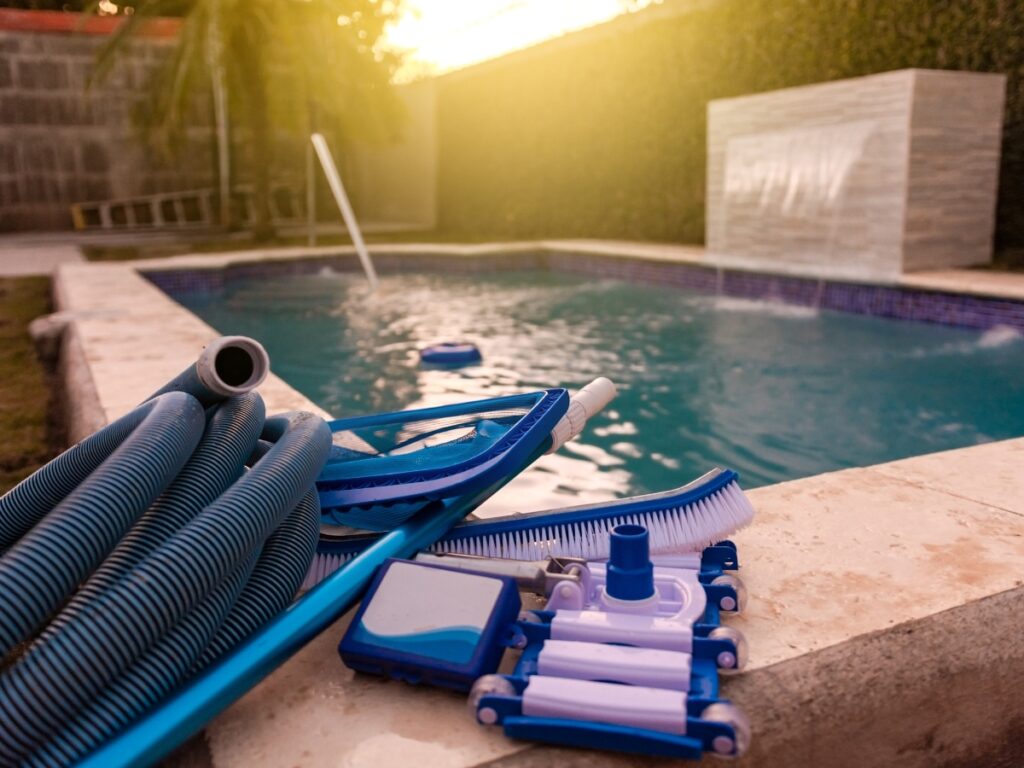
Pool renovation timing matters because each task responds differently to temperature, humidity, and daylight. Matching the work to the season helps finishes cure correctly, reduces delays, and keeps costs predictable. In Dawsonville, aim to avoid temperature swings and long rainy stretches so crews can complete steps in sequence and your pool is ready when you need it.
When Is The Best Time To Resurface: Plaster, Pebble, And Tile?
Plaster performs best in steady, mild weather. Fall usually delivers the sweet spot of 55 to 70°F with lower humidity, which supports even curing over 7 to 10 days and reduces the risk of streaks or soft spots. Pebble finishes are a bit more forgiving and can be scheduled in fall or spring when highs sit near 60 to 75°F. Expect a cure window of about 7 to 14 days before filling and balancing the water. Tile work is well suited to spring’s moderate temperatures. Thinset and grout set reliably when days run from roughly 60 to 80°F, and most grout joints are ready for light exposure after 24 to 48 hours, then full start-up once the surface work is complete. Whatever finish you choose, consistent temperatures and controlled moisture are the common denominators of a clean, durable result.
What Is The Best Season For A Pool Deck Makeover?
Concrete pours and paver installs benefit from stable ground temperatures and minimal rain. Early fall limits thermal cracking and lets sealer cure evenly. Late spring also works well because soil warmth aids strength gain while daytime showers are easier to plan around than winter freezes. If you are resurfacing the shell, sequence the deck right after interior curing so expansion joints, coping, and drainage line up with the new waterline and finish height.
How Does Seasonality Affect Equipment Upgrades?
Pumps, filters, heaters, and automation are less weather sensitive, so they can be swapped during any renovation window. Still, there are practical advantages to timing. Cooler months make it easy to test heaters under load and verify gas supply and airflow. Spring installations allow you to confirm priming, flow rates, and programming before peak use. Aligning equipment lead times with your surface schedule prevents idle days and reduces extra service trips.
When Should You Add Features Like Hot Tubs, Lighting, And Landscaping?
Spas integrate smoothly in fall because electricians and gas fitters can commission heaters in cool air, then you can enjoy the spa through winter while the main pool waits for spring. Low-voltage and LED lighting often lands fastest in winter when crews are more available and trenching or conduit runs do not interfere with summer swim time. Landscaping follows the region’s horticultural rhythm. Fall plantings put down roots over winter, so beds and screens look full by spring. Spring installs also succeed if irrigation is dialed in and foot traffic is managed during start-up of new turf and shrubs.
How To Build A Practical Timeline
Start with the longest lead items, such as custom tile, coping, or covers, and approve selections early. Slot interior finishes into fall or a stable spring week so cure times are protected. Place deck work immediately after interior start-up if grades or drains are changing. Schedule equipment and lighting in parallel to shorten the total calendar. With thoughtful pool renovation timing and a realistic sequence, you get better finishes, fewer weather setbacks, and a pool area that is ready for the season you care about most.cal planting guides ensures your outdoor living space flows beautifully.
How Dawsonville Homeowners Can Pick The Perfect Season For Their Pool Renovation
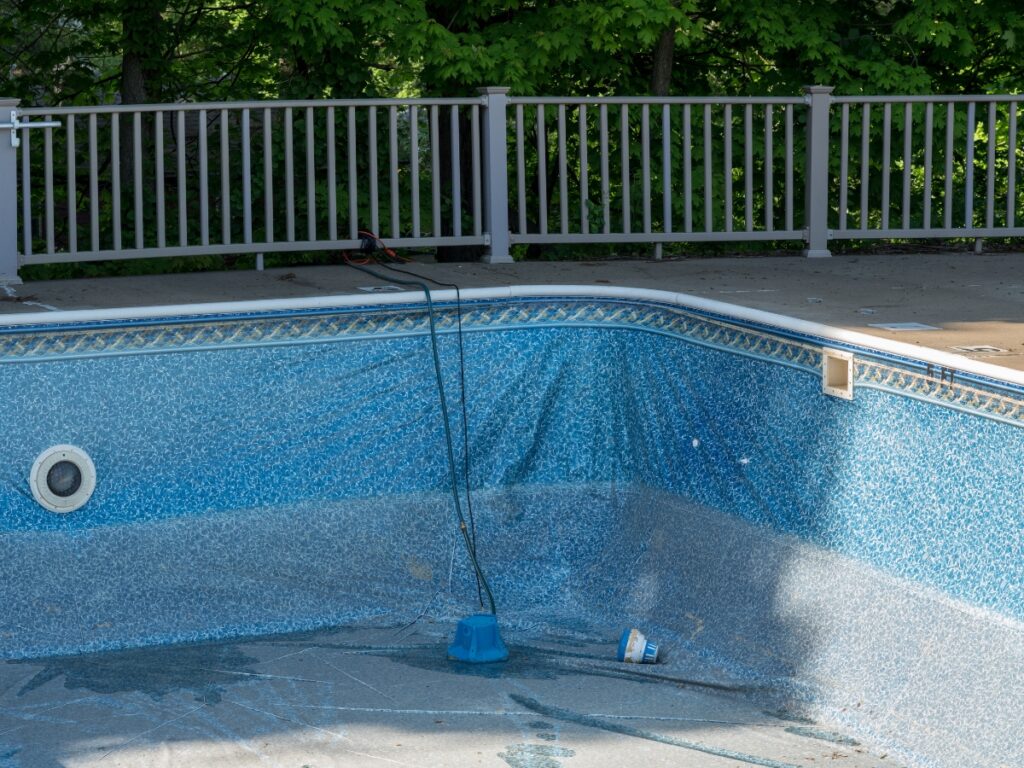
Choosing when to renovate comes down to what you value most and how Dawsonville’s weather behaves through the year. Fall usually offers the most stable mix of temperature and humidity for curing plaster and concrete, which can lift finish quality and reduce touchups later. Spring appeals to anyone who wants to enjoy upgrades as soon as summer arrives, but you should plan for pop-up showers and fuller contractor calendars. Winter can work for equipment swaps, lighting, and design prep, yet hard freezes may slow exterior work. There is no single right answer. The best choice aligns your schedule with practical realities, so materials cure correctly and crews stay on task from start to finish. Keep pool renovation timing in mind as the lever that balances quality, speed, and cost.
What Priorities Should Guide Your Renovation Timing?
Start by clarifying your budget. Prices tend to soften in late fall when demand drops, and suppliers often clear inventory before year end. If savings matter most, aim for that window and build in a weather buffer so crews can protect new finishes. Next, consider how soon you want to swim. Homeowners who want a grand opening by Memorial Day usually pick early spring, accept that rain can stretch a timeline, and lock the schedule well in advance. Finally, think about disruption. If your family rarely uses the pool after October, take advantage of cooler months so the downtime is barely felt. These priorities are not mutually exclusive, but one will usually lead the way. When you weigh them honestly, the calendar sorts itself out and your project plan becomes easier to execute.
A smart sequence supports those priorities. Reserve long lead items first, such as custom tile, coping, or cover systems. Place surface work in a stable weather stretch so the cure window stays intact. Follow with deck improvements, then wrap with equipment commissioning and water chemistry start-up. This order reduces rework, prevents schedule gaps, and keeps labor focused on the most weather sensitive steps when conditions are ideal.
Why Local Expertise Matters For Dawsonville Projects
Regional knowledge pays off because site conditions vary more than most homeowners expect. Contractors who work in Dawsonville know when fall cold snaps usually arrive, how spring storms roll through the foothills, and which weeks tend to offer steady curing weather. They also understand local soil movement around decks, common drainage pitfalls near slopes, and how shade patterns can affect algae pressure once the pool is back online. That detail influences material choices, from plaster blends to sealers and joint compounds that tolerate morning dew without blotching.
Local pros are also used to coordinating inspections, HOA guidelines, and utility marking so trenching for lights or automation does not stall the schedule. They can time resurfacing to dodge leaf drop, set deck pours to avoid freeze-thaw stress, and commission heaters when cool air makes performance testing meaningful. The result is a renovation that not only looks sharp on day one but also holds up through the first season of use.
In the end, pick the season that fits your budget, your timeline, and how you use the space. Plan the sequence so curing gets the calm weather it needs. Lean on Dawsonville know-how to fine-tune the details. With those pieces in place, your renovation finishes cleaner, runs smoother, and delivers the backyard you pictured when you began.
Why Clearwater Pools Atlanta Is Your Go-To For Seasonal Pool Renovations In Dawsonville
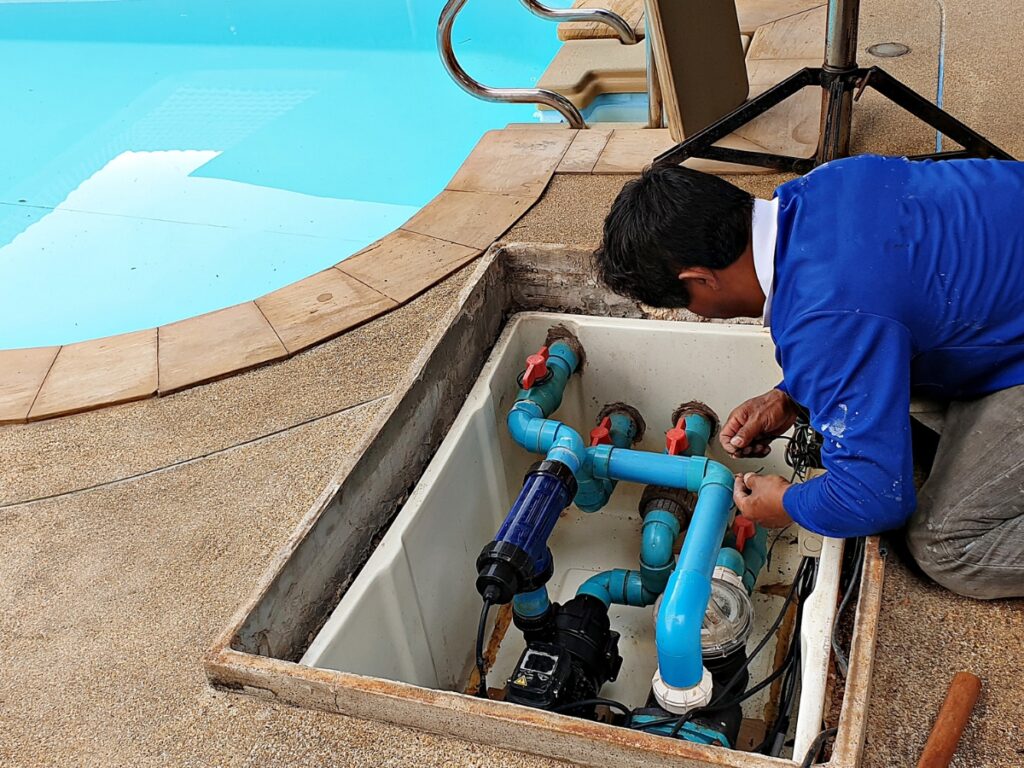
Choosing the right partner matters as much as choosing the right month. Clearwater Pools Atlanta blends on-the-ground insight with careful planning to match your project to the season that will deliver the best results. In Dawsonville, temperatures, humidity, and rain patterns shift quickly. Our team tracks those shifts and sequences work so finishes cure correctly, crews stay productive, and your budget goes farther. That attention to pool renovation timing is what turns a good remodel into a great one.
How Does Our Local Expertise Help Your Renovation Timing?
Local knowledge shapes every decision we make. Dawsonville’s fall typically brings steady, cooler days that favor plaster and concrete curing. Spring warms up fast but can include spotty showers that affect exterior work. We watch short-term forecasts and historical trends, then set start dates that protect your curing window. Permits and inspections also move at a local pace. Because we work with regional offices year round, we know when review queues shorten, which helps lock in schedules without surprises. Site conditions matter too. Clay soils, slope, tree cover, and runoff patterns can influence when to pour decking, cut trenches for lighting, or commission equipment. By mapping these variables up front, we place weather-sensitive tasks in the most stable part of the season and move flexible items around them. The result is a renovation that looks sharp on day one and holds up through the first swim season.
What Is Our Stress-Free Renovation Process Like?
It starts with a focused consultation. We sit down to define your goals, must-have features, budget range, and target swim date. From there, we recommend the season that best supports the scope, whether you are resurfacing, upgrading equipment, reworking the deck, or adding features. Design and planning follow. You select finishes, fixtures, and layouts while we build a detailed schedule that respects the ideal temperatures and humidity for each task. Materials with longer lead times are ordered early so they arrive before work begins. Construction and completion are managed with clear milestones. Surface prep and resurfacing land in the most reliable weather window. Deck work and coping come next, then equipment installation, automation setup, and water start-up. Throughout the project you receive concise updates that explain what was completed, what is next, and how the forecast may adjust the sequence. Final turnover includes care instructions so your new surfaces and systems settle in correctly.
How Do We Provide Transparent Estimates And Seasonal Schedules?
Every proposal spells out scope, allowances, and the timeline that pairs best with the work. We explain how fall can improve curing and sometimes reduce costs when contractor demand dips, and how spring positions you for immediate summer use. If a task can happen in any season, we show you the cost and schedule impact of placing it earlier or later. Site visits inform the numbers. Access for equipment, condition of existing materials, and utility locations all shape the plan and the price. You end up with an itemized estimate, a calendar that reflects the realities of Dawsonville weather, and a clear path from demolition to the first fill.
Renovating at the right time protects finishes, streamlines labor, and helps your budget work harder. With Clearwater Pools Atlanta managing the sequence and schedule, your project benefits from local insight and steady communication, and your pool is ready to perform when the season turns in your favor.to come.
Conclusion
Choosing the right time for your pool renovation in Dawsonville—whether in the calm of fall or the freshness of spring—can impact everything from project timelines to your enjoyment of the upcoming swim season. At Clear Water Pools Atlanta, we guide you through the pros and cons of each season, ensuring your pool renovation is seamless, stress-free, and perfectly timed. Ready to dive into your pool transformation? Call 770-406-8638 or request a pool estimate online today. Let’s make your dream pool a reality, no matter the season.
